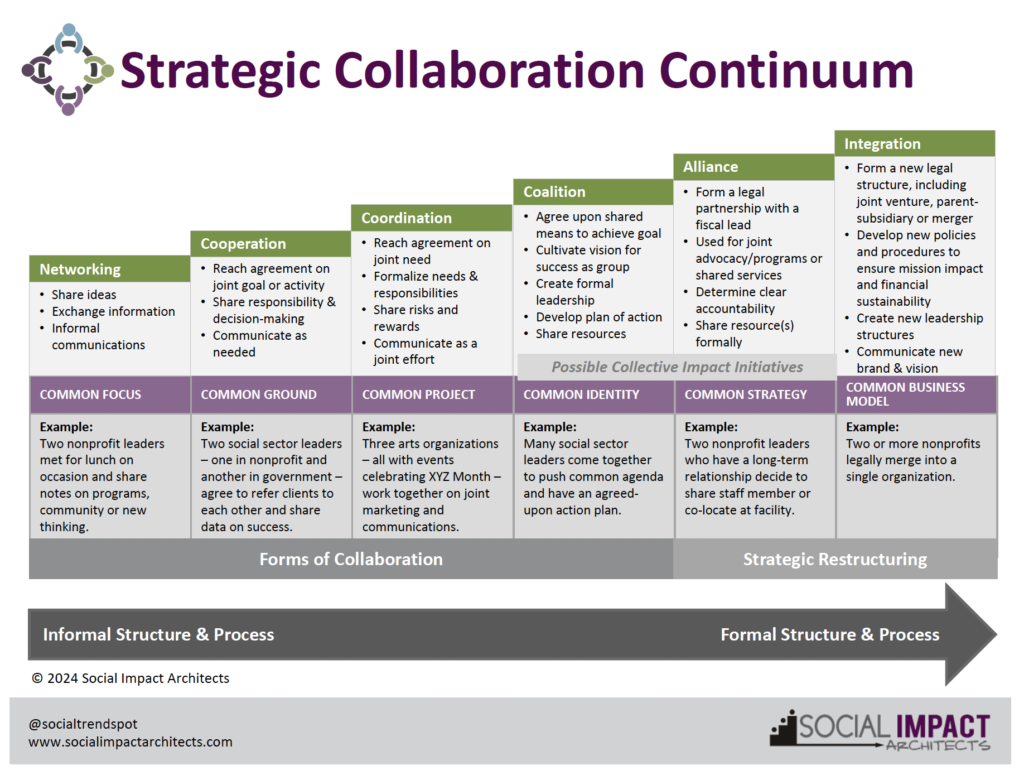 As a political junkie, I always look forward to presidential elections and watching the democratic process unfold with the hope that the winning candidate can affect positive change for our nation. But the election process is a contentious one by its very nature. While I don’t always expect candidates to work together, I do believe that once a candidate is elected, the act of governing should be more collaborative than contentious.
As a political junkie, I always look forward to presidential elections and watching the democratic process unfold with the hope that the winning candidate can affect positive change for our nation. But the election process is a contentious one by its very nature. While I don’t always expect candidates to work together, I do believe that once a candidate is elected, the act of governing should be more collaborative than contentious.
In contrast, over the past decade with intense work of organizations like Better Together Fund in Dallas, I have seen more collaboration in the social sector that has led to real results. After working on many different kinds of collaborations, I have found that most organizations get half of our collaboration equation right (collaboration = activity + behavior). People commit to collaboration for all the right reasons – they want to create better outcomes for clients and the community. And there are many comprehensive lists of activities or conditions to help them. However, the other half of the equation – behavior – is the tricky part. We must also understand behavior change and how to work together to create value for everyone. To help with this, 10 years ago we created “The Collaboration Commandments,” which ring even truer today and speak to the behaviors needed for productive collaboration:
Thou shalt not use the name “collaboration” in vain:
We often use the word collaboration, partnership and cooperation interchangeably, but they actually mean different things. In addition, collaboration may mean different things to different people. When you are starting a group or a future collaboration, it is important to define what you are trying to achieve (e.g., a common vision). Our Collaboration Continuum helps groups define what type of collaboration is the best end goal. (See our Collaboration Continuum below for additional insights.) In addition to deciding what form that collaboration should take, it is equally important to have each party define collaboration and decide on a common definition for purposes of the group. People often differ on a range of behaviors – informal vs. formal relationships, levels of disclosure and transparency, decision rights (consensus vs. majority) and expectations of effort. While having these conversations upfront may seem tedious, it creates a shared taxonomy and will lead to healthy conversations.
Thou shalt add value individually and collectively:
As we discussed in our Q&A on Successful Nonprofit Collaborations, the only reason to use collaboration as a tool is for the multiplier effect – to add more value to the collective need, but also for each individual. Ask yourself: what does value mean to each individual? Can you quantify it? How do we create value for one another? How can we keep a two-way balance in value creation? The answers to these questions will vary. Some are happy to collaborate but want their time to be valued, so meeting management will be key. Some will value progress, so an early win will be important. Some want to be acknowledged and appreciated for their role, so celebration and credit are key.
Honor thy competition:
We think coopetition, a combined word for collaboration and competition, is something critical for the sector to embrace. The social sector’s natural state is competition (for limited funding and resources), and collaboration is a tool to work together to make the pie bigger. However, in collaborations, we need to go one step further and work on ways to co-exist and create a more productive state. This means we need to adopt the “progress vs. niceness” mentality and communicate with each other frankly about boundaries, culture differences, power imbalances and rules of engagement. Even in the for-profit sector, competitors collaborate – there is a reason Pepsi and Coke are never on sale at the same time at the grocery store.
Seek first to understand, then to be understood:
Borrowing from the late Stephen Covey’s 7 Habits, we often give this advice to our clients. He notes that everyone has their own frame of reference – we interpret (and misinterpret) everything said based on our own experience. To overcome this bias, we need to ensure that we understand the other individual clearly by asking clarifying questions and uncovering root causes of behaviors rather than only reacting with our point of view. This allows us to have an open mind and will cause the other individual to feel heard. This virtuous cycle will then lead to shared understanding and positive problem-solving.
You may have noticed by now that we didn’t use a common behavior connected with collaborations – trust. In our opinion, trust is the ultimate behavior needed in collaboration. However, it is achieved through repeated actions and is built over time. We believe that if both components of the equation (activity + behavior) are met, trust will naturally grow and, if done well, lead to an even higher form of collaboration. And, once we get it right, maybe we can teach our politicians how to do it as well!
If you want to learn more about collaboration, watch the recorded webinar of our “Collaboration as a Key to Success” training for the Foundation for a Healthy Kentucky in 2020.
We are constantly evolving our thinking based on our work with the social sector, including many of you, and we welcome your input as TrendSpotters – positive and constructive – on “The Collaboration Commandments.”


Two years we stepped back after reading your “collaboration commandments” and decided we would jump in with open arms. As a result we have established our most successful venture to date from both a financial and impact perspective. Keep posting…we’re reading!
http://www.kandookids.com/free-music-downloads/
I couldn’t be more thrilled. Thanks for your support.
These are great. They are not topics that are at the top of my mind and so I appreciate the reminder. Thanks for the article!
Trust requires, first and foremost, trust in yourself. When you fully trust yourself, you know when to take a step forward, when to take a step back, and when to wait and pay attention how things unfold. Good article!
I just love that connection. Thanks for sharing!